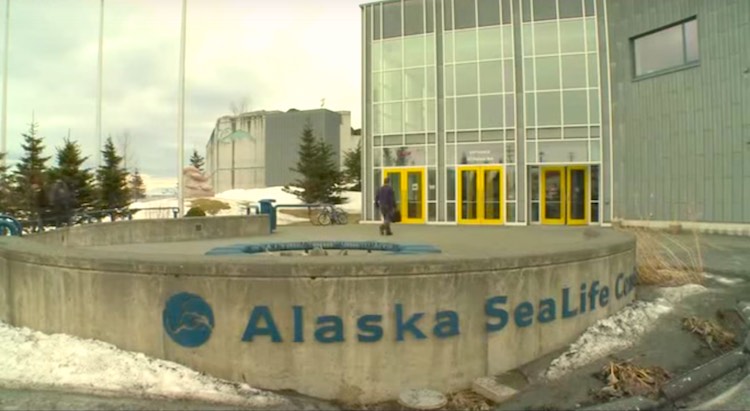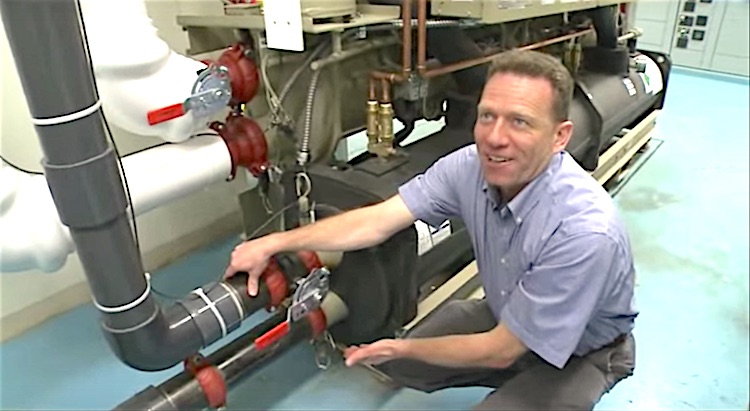A research center dedicated to studying Arctic marine ecology has taken a giant leap toward protecting the environment — switching from fossil fuels to seawater for 98% of its heating needs.
The Alaska SeaLife Center in Seward will slash its carbon dioxide (CO2) output, while using the very same gas to heat and cool its building.
The specialized heat pump system saves as much as $15,000 each month in heating bills during the coldest part of the Alaskan winter. At the same time, it reduces the center’s carbon footprint by 1.24 million pounds of CO2 every year.
CHECK OUT: Poetry in Motion: Power Plant Will Use Ocean Tides to Power 155K Homes
“As a mission driven non-profit organization, this project is doubly important,” Tara Riemer, ASLC’s President and CEO said in a statement. “We are benefiting the environment and saving money at a time when both are very critical.”
The system mixes seawater with glycol and then injects liquid CO2, which causes the mixture to boil. This releases CO2 vapor, which the system compresses in order to super-heat it — hot enough for the heated water to be pumped throughout the building. The cycling water flowing through those pipes then heats the building.
WATCH: ‘Water Gandhi’ of India Turns Dust Bowls Into Lush Villages Using Ancient Ways
The million dollar heat pump also cools the mechanical and electrical rooms at the research center — absorbing the waste heat generated in those rooms and pumping it to other parts of the building.
While too big and expensive to be practical for anything but large organizations and buildings, the system’s builder, Andy Baker of YourCleanEnergy, believes the technology will one day be an affordable alternative for heating homes.
(WATCH the video below from YourCleanEnergy and READ more at CS Monitor
SHARE This Eco-Good News…





















